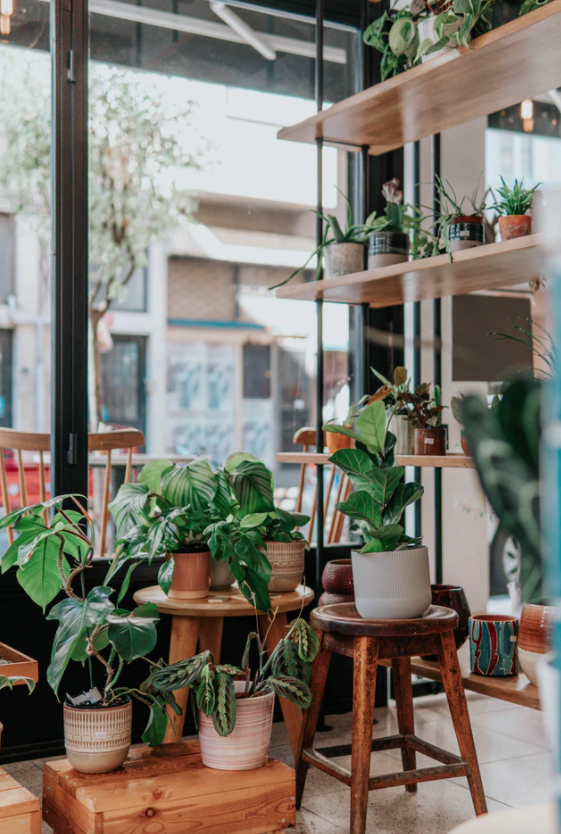Indoor greening is an essential part of interior design as indoor plants help lift your mood and improve indoor air quality!
 Photos by: Unsplash
Photos by: Unsplash
Getting houseplants is ideal if you live in an area with extremely cold winters and your lawn isn't that big for outdoor gardening. However, for indoor plants to thrive in your home, there should be areas that receive at least four hours a day of direct or indirect sunlight. This is in addition to the necessary Indoor garden tools to promote the growth of indoor plants.
If you're thinking about indoor gardening but don't know the essentials to consider, look no further. Here is a guide with several valuable tips to keep in mind when starting an indoor garden.
Choose the best plants for indoor horticulture
Not all plants are ideal for indoor horticulture as some, like corn and okra, require a lot of space to grow. It would be best if you instead opt for plants that are best for indoor horticulture. This includes plants that grow well in containers, require little maintenance, and require little light. You also need to consider the room temperature and the time it will take for the plant to mature.
If you are new to indoor horticulture, here are some of the plants to consider.
- Indoor plants such as the ZZ plant, philodendron, dracaena, peace lily and violin leaf fig
- Vegetables like kale, mixed lettuce, lettuce, and spinach
- Succulents like panda plant, aloe vera, sedum and jade plant
Use a suitable soil
Always use good potting soil for your house plants and not normal garden soil. With good potting soil, you are sure that your plants are getting proper moisture retention, nutrition, and ventilation. This soil also does not contain microscopic pests and diseases that can destroy the plants in your indoor garden.
It's also best to change the potting soil from time to time. This isn't complicated as all you have to do is take the plant out of the pot, prune the root ball, and place it back in a clean pot of fresh potting soil. Proper potting soil usually doesn't compress, so the houseplant's roots can grow strong and go deeper because it's light.

Use the correct containers
The pot for indoor horticulture needs to be deep enough so that the plants have enough space to grow. Usually the required depth of houseplants differs from plant to plant. Plants such as cucumbers, beans, peas, peppers, and other small vine or shrubbery plants require a soil depth of at least seven inches. For root crops such as carrots, potatoes, beets, and beets, the container needs to be even deeper, which should be about 12 inches deep, for extra room for growth. But for vegetables like kale, spinach, and lettuce, the container shouldn't be as deep as about five inches would be enough to allow root development.
Bring away
In order for houseplants to thrive in your home, purify the air, and add character to your home, there are a few important things you need to do. This guide walked you through these simple tips that you need to follow to ensure that your houseplants are helping you achieve this goal.




